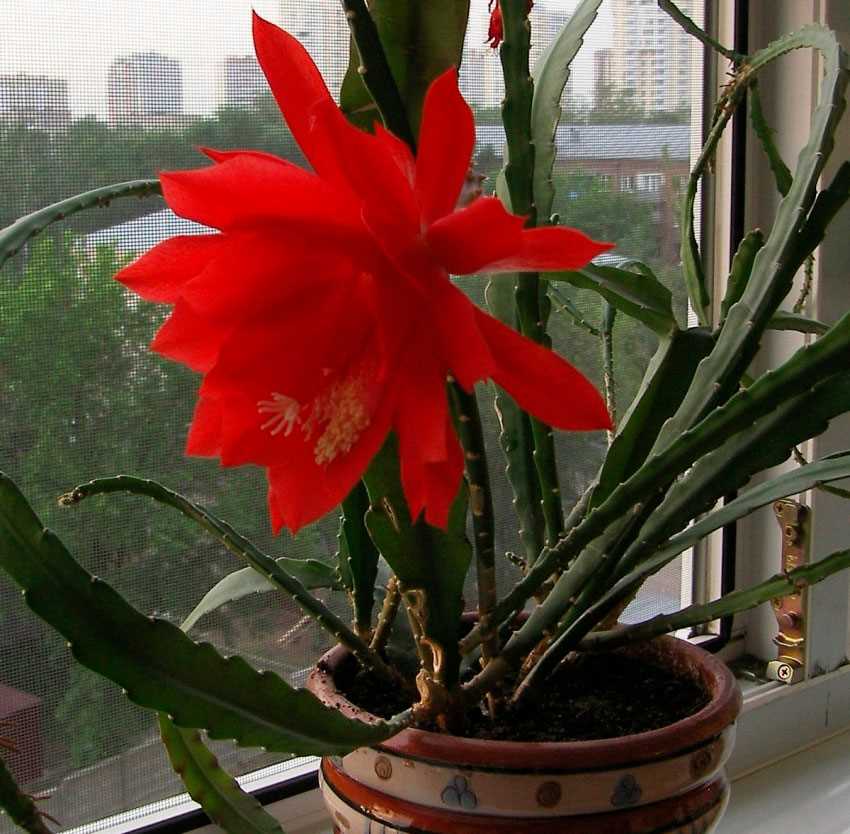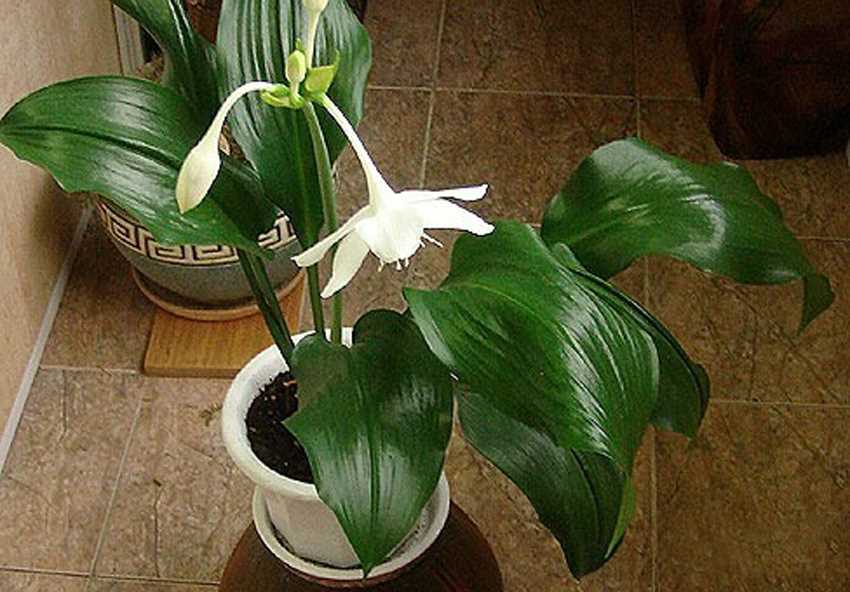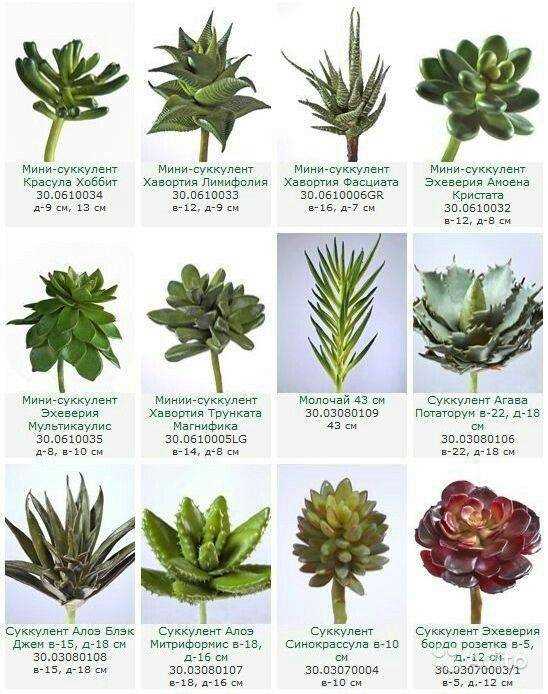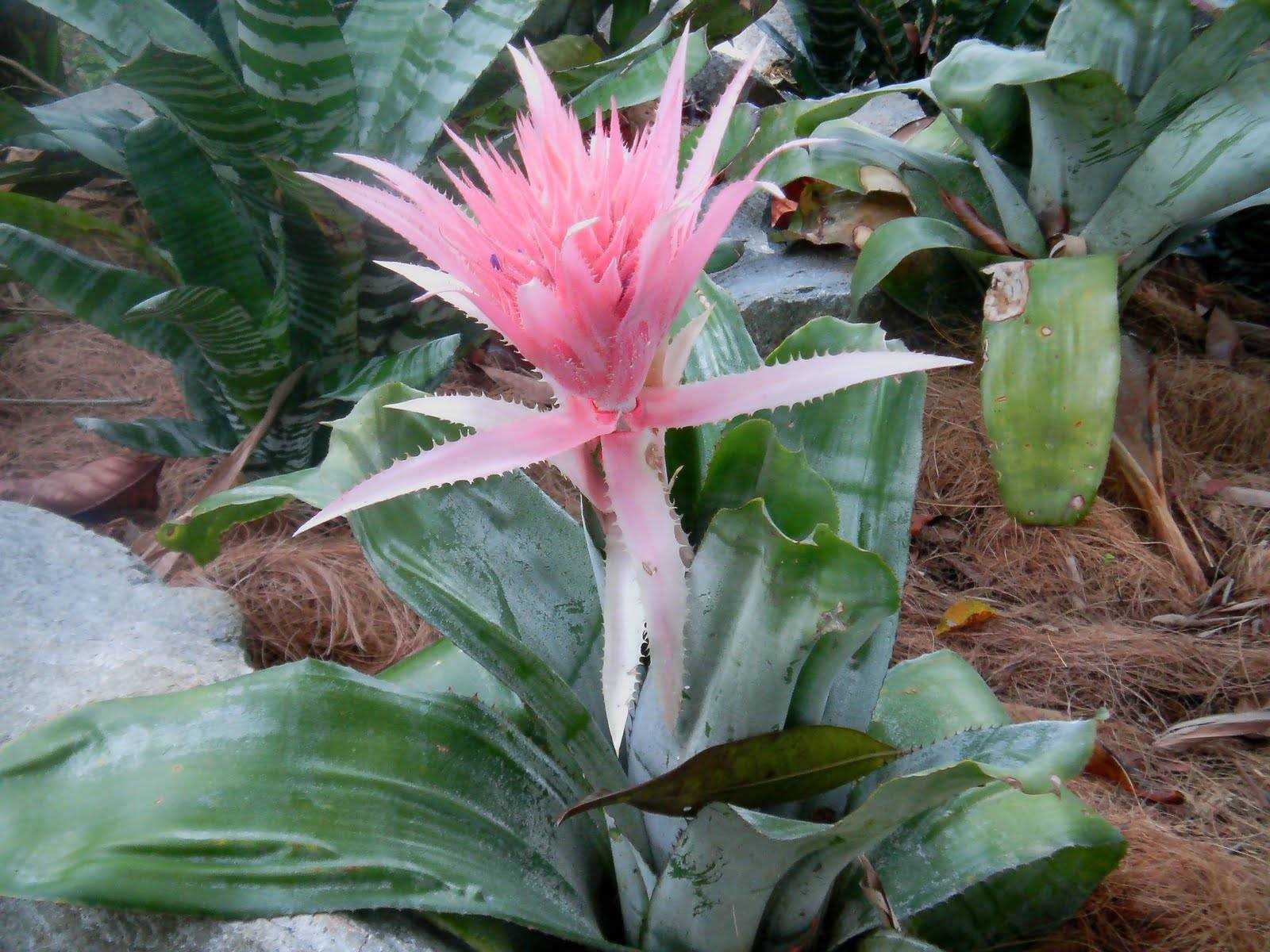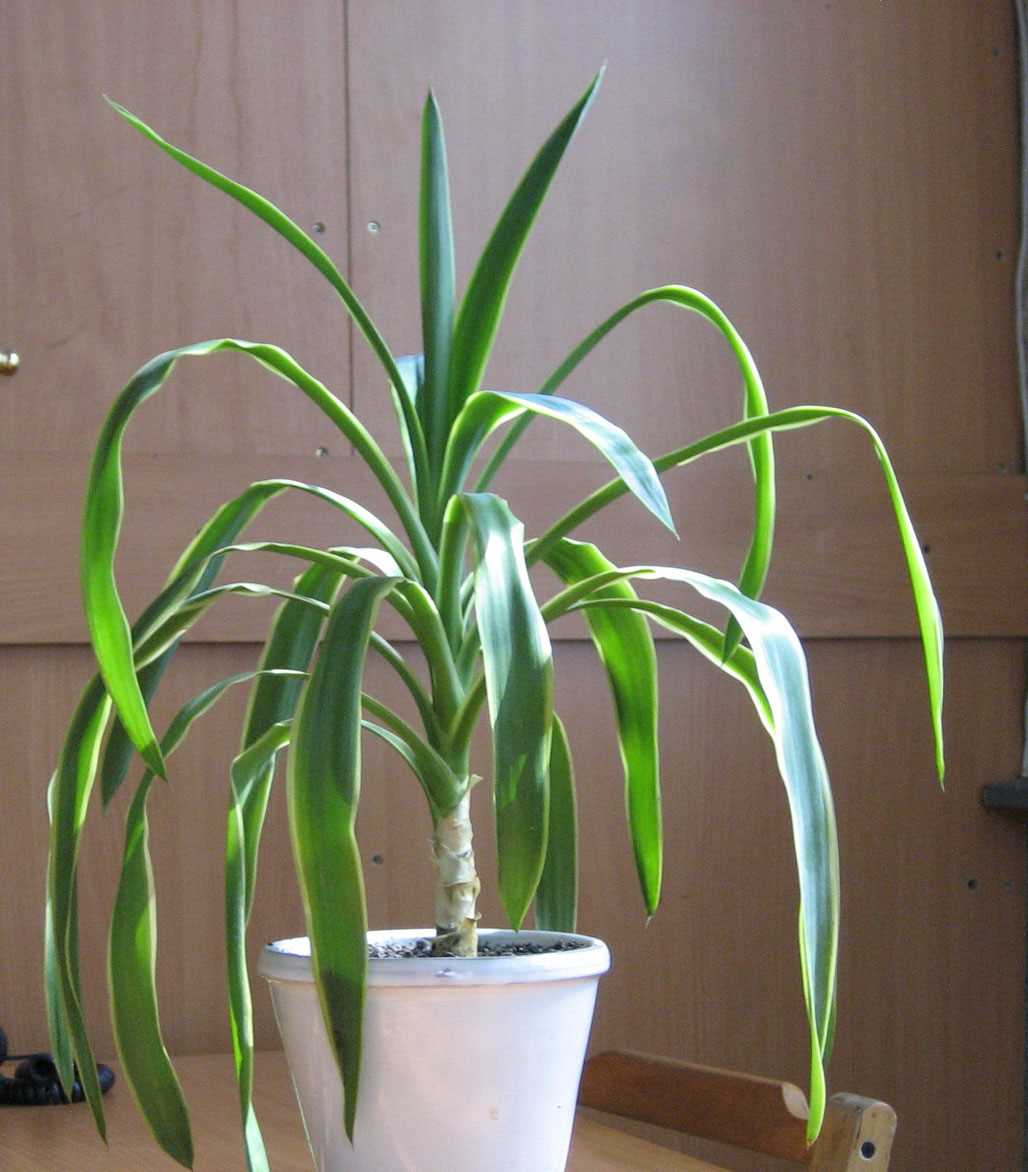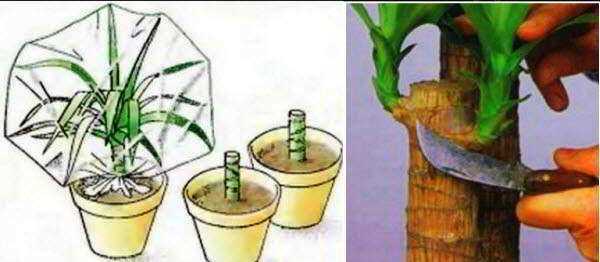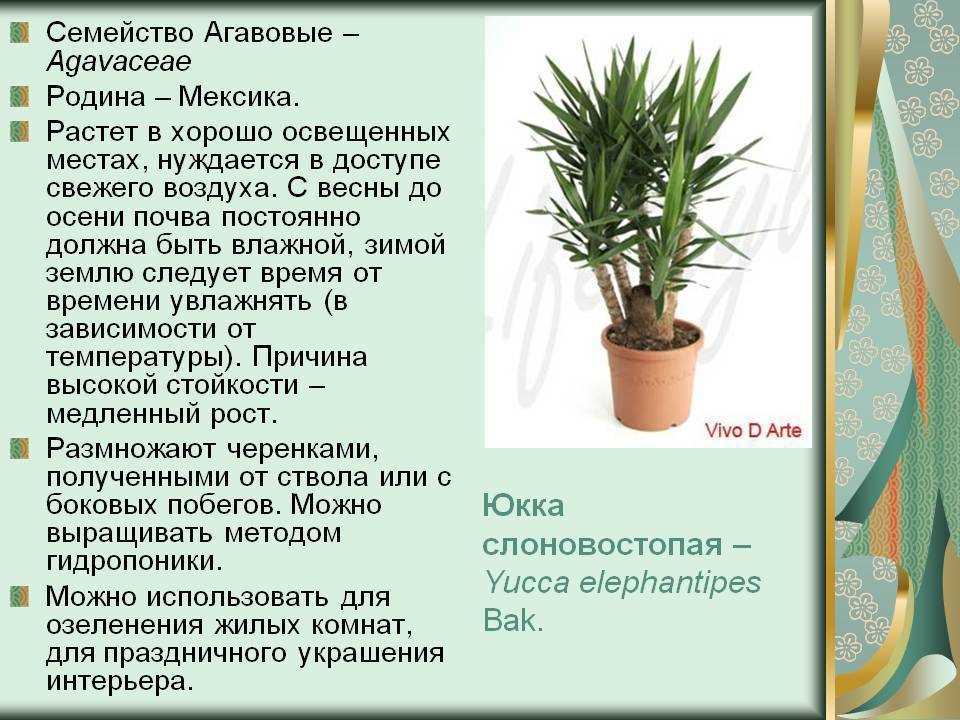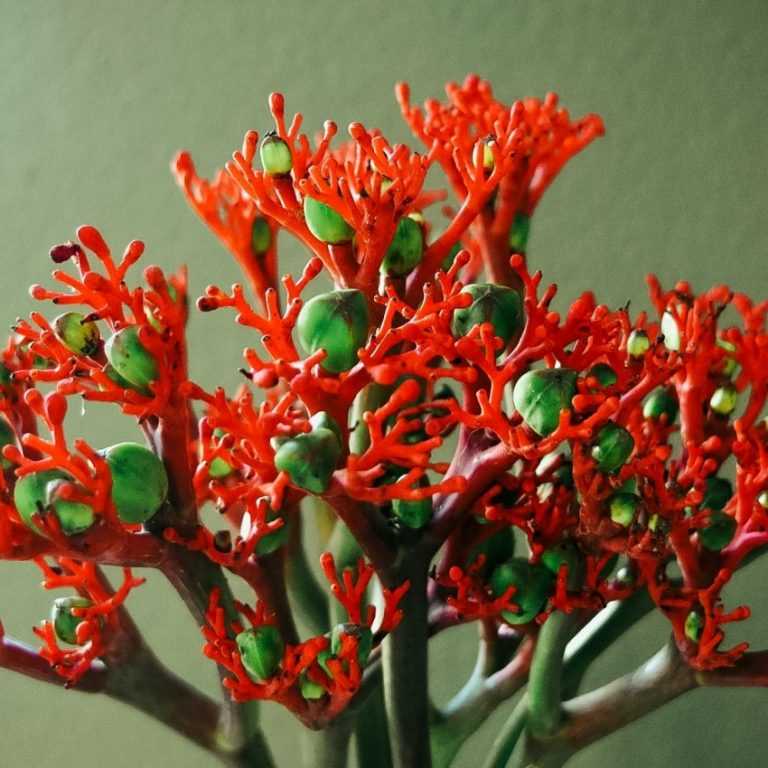- Пафиопедилум: общая информация
- Описание и происхождение
- Жизненный цикл и характеристики
- Фаза роста и развития
- Фаза цветения
- Фаза отдыха
- Уход за пафиопедилумом
- Освещение
- Температура и влажность
- Полив
- Удобрение и пересадка
- Защита от болезней и вредителей
- Условия содержания
- Освещение и температура
- Влажность и полив
- Подкормка и почва
- Привет, мир!
- Освещение и температура
- Полив и влажность
- Режим полива
- Уровень влажности
- Сухой период
- Подкормка и грунт
- Размножение пафиопедилума
- Деление
- Семена
- Вегетативное размножение
- Размножение через семена
- Подготовка к посеву
- Посев и выращивание
- Размножение через деление
- Популярные виды пафиопедилума
- 1. Пафиопедилум Юлиус
- 2. Пафиопедилум Фарион
- 3. Пафиопедилум Манто
- 4. Пафиопедилум Шаррон
- Пафиопедилум апплециум
- Уход за пафиопедилумом апплециумом:
- Вопрос-ответ:
- Как правильно ухаживать за пафиопедилумом?
- Как размножать пафиопедилум?
- Какие виды пафиопедилума существуют?
- Как часто нужно поливать пафиопедилум?
- Какую освещенность требует пафиопедилум?
Пафиопедилум — это род орхидей, который привлекает внимание своей изящной и красивой формой цветка. Это вечнозеленое растение с сочными листьями и длинными цветоносами. Пафиопедилумы являются одними из самых популярных орхидей, которые выращивают дома и в садах.
Для успешного выращивания пафиопедилумов необходимы определенные условия. Они любят яркий, но разбавленный свет, теплую температуру и высокую влажность воздуха. Особое внимание нужно уделять поливу, так как пафиопедилумы не переносят переувлажнения. Они требуют регулярного полива и опрыскивания, но также нуждаются в хорошем дренаже, чтобы избежать стоячей воды. Надлежащий уход за пафиопедилумами позволит им развиваться и цвести красивыми цветами.
Пафиопедилумы имеют большое разнообразие видов и сортов. Некоторые из них имеют очень крупные цветы с яркой окраской, в то время как другие имеют необычные формы и рисунки. Виды пафиопедилумов могут отличаться по цвету цветков, форме листьев, а также по требованиям к условиям содержания. Независимо от выбранного вида, пафиопедилумы являются роскошными и изысканными растениями, которые с легкостью могут стать центральным акцентом коллекции орхидей.
Пафиопедилум: общая информация
Пафиопедилум — это вид орхидеи, который был впервые описан в середине XIX века. Это растение отличается крупными и яркими цветками, которые широко используются в декоративных целях. В природе пафиопедилумы можно встретить в тропических и субтропических регионах, где они растут на деревьях и скалах.
Уход за пафиопедилумом требует особого внимания. Основные условия, необходимые для его здорового развития, – это достаточный уровень влажности, яркий, но рассеянный свет, а также постоянная температура не ниже 18 градусов Цельсия. Как и другие орхидеи, пафиопедилумы нуждаются в регулярном поливе и подкормке для поддержания оптимального состояния.
Пафиопедилум размножается в основном путем семян, которые созревают в специальных ковшиковидных плодовиках. Семена орхидеи очень маленькие и требуют особого подхода к севу. Они сажаются на специально подготовленные питательные субстраты и требуют длительного времени для прорастания и развития. Также возможно размножение пафиопедилума вегетативными методами, такими как деление ризомы или размножение через меристемы.
Существует большое количество видов пафиопедилумов, они отличаются формой, цветом и размером цветков. Некоторые из них имеют ароматные цветки, что делает их особенно популярными среди цветочных коллекционеров. К ним относятся пафиопедилум Хайнманнианум, Гигантеум, Сандера.
Описание и происхождение
Пафиопедилум – это экзотический вид орхидеи, который представляет большой интерес среди цветоводов по всему миру. Он известен своими роскошными и продолжительными цветками, а также сложной структурой цветоноса.
Этот восхитительный цветок из семейства орхидных растений встречается в тропических регионах Азии и Южной Америки. Он произрастает в низменных районах, где влажность и температура воздуха постоянно высоки.
Пафиопедилум можно найти в самых разных видах и гибридах. Он может быть разнообразных размеров, от небольших компактных плант до величественных растений с высоким цветоносом и большими цветками. Каждый вид пафиопедиума имеет свой уникальный облик и особые требования к уходу.
В своей природной среде пафиопедиумы образуют густые популяции и растут на деревьях или на скалах, прикрепив свои корни к ним. Они обладают способностью к эпифитному росту, что означает, что они получают питание и влагу из воздуха и осадков.
Пафиопедиумы декоративны, благодаря своим привлекательным листьям и эффектным цветкам. Ими можно украсить интерьер дома или офиса, создавая атмосферу тропиков и красоты природы.
Жизненный цикл и характеристики
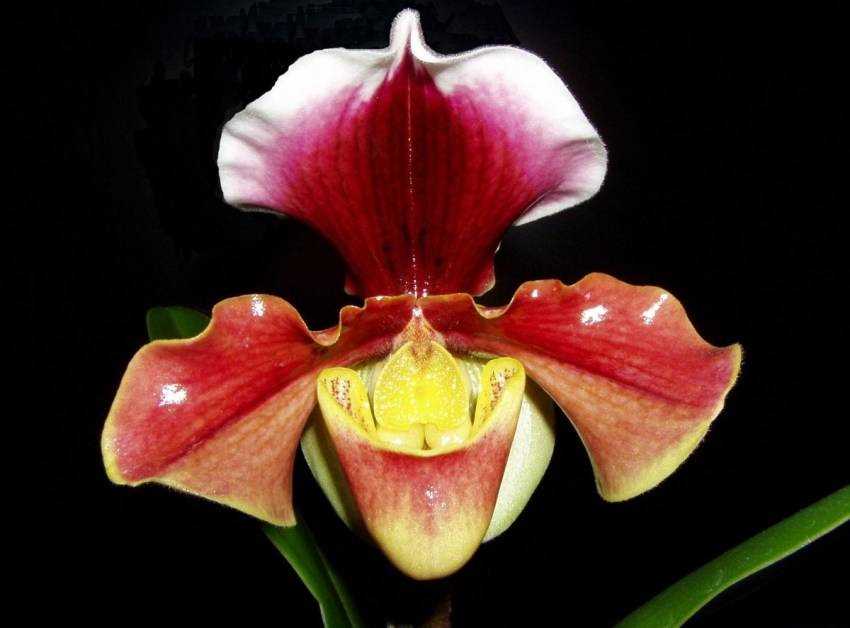
Пафиопедилум является одним из самых красивых орхидейных растений. Он имеет продолжительный жизненный цикл, который включает в себя несколько фаз.
Фаза роста и развития
Жизненный цикл пафиопедилума начинается с появления семян, которые созревают в плодах опыленных цветков. Когда плоды созревают, они открываются и семена выпадают на землю. Семена пафиопедилума очень маленькие, поэтому они нуждаются в подходящем субстрате для прорастания.
После прорастания семени, появляется первый лист, который служит источником питания для растения в первые месяцы жизни. Постепенно растение начинает развиваться и формирует новые листья.
Фаза цветения
Вторая фаза жизненного цикла пафиопедилума — это цветение. Пафиопедилумы обычно цветут один раз в год, но некоторые виды могут цвести два раза. Цветение происходит при определенных условиях – при наличии достаточного количества света и влаги.
В этой фазе на растении появляются цветоносы и бутоны, которые постепенно раскрываются и образуют прекрасные цветы. Цветение пафиопедилума может продолжаться несколько недель или месяцев в зависимости от вида.
Фаза отдыха
После цветения наступает период отдыха, когда пафиопедилум не производит новые цветоносы или листья.
В этот период растение нуждается в низкой температуре и сниженном поливе. Отдых для пафиопедилума очень важен, чтобы он смог набраться сил перед следующим периодом активного роста и цветения.
Общая продолжительность жизненного цикла пафиопедилума может быть довольно длительной и достигать нескольких лет. Все этапы жизненного цикла растения являются важными и требуют особого внимания и ухода для обеспечения здорового и красивого растения.
Уход за пафиопедилумом
Пафиопедилум – это разновидность орхидеи, которая требует особого ухода. Для обеспечения ее здоровья и красоты, необходимо соблюдать ряд правил.
Освещение
Пафиопедилумы предпочитают яркое, но разбавленное светлое освещение. Лучше всего размещать горшок с растением около восточного или западного окна, так чтобы оно было защищено от прямых солнечных лучей.
Температура и влажность
Оптимальная температура для пафиопедилума составляет около 20-25 градусов Цельсия днем и около 15-18 градусов Цельсия ночью. Влажность воздуха также должна быть высокой, около 60-70%. Для достижения таких условий, можно использовать увлажнители воздуха или распылите воду рядом с растением.
Полив
Полив пафиопедилума следует проводить регулярно, но не позволять затоплять корни. Лучше всего использовать мягкую, отстоянную воду, чтобы избежать излишней минерализации. Растение нужно поливать, когда субстрат начинает высыхать, но не допускать попадания воды в середину розетки.
Удобрение и пересадка
Пафиопедилумы нуждаются в регулярном удобрении. Используйте специальные орхидные удобрения с низким содержанием азота. Пересаживайте растение каждые 2-3 года, заменяя подложку и удаляя старые и поврежденные корни.
Защита от болезней и вредителей
Чтобы предотвратить развитие болезней и нападение вредителей, регулярно осматривайте пафиопедилум на наличие пятен, гнили, насекомых и других признаков проблем. При обнаружении, немедленно принимайте меры по их лечению или уничтожению.
Условия содержания
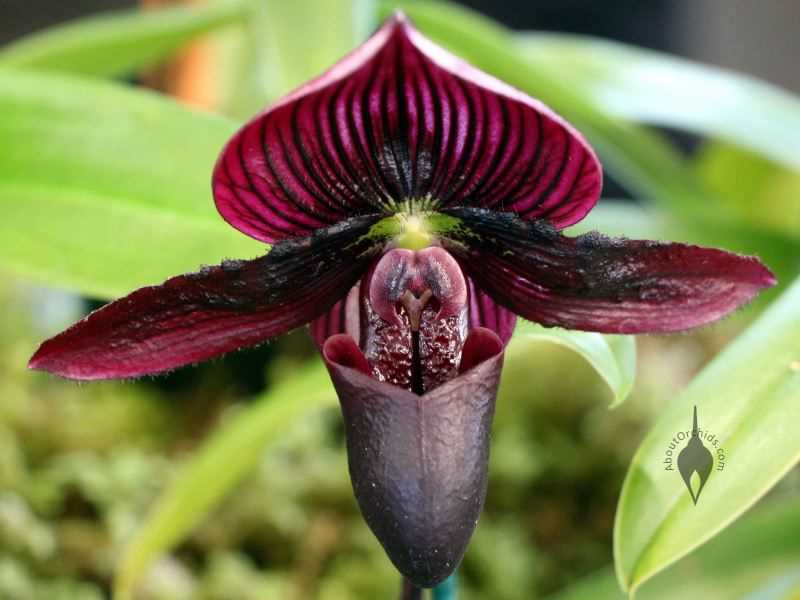
Пафиопедилум – это экзотический и требовательный растение, поэтому условия его содержания имеют свои особенности.
Освещение и температура
Подходящий уровень освещения для пафиопедилума – это яркий полуденный свет, но без прямых солнечных лучей. Растение нуждается в 12-14 часах света в день. Температура должна быть умеренной, в диапазоне 18-25 °C днем и 15-20 °C ночью.
Влажность и полив
Высокая влажность – это важное условие для пафиопедилума. Уровень влажности должен быть около 50-70%. Растение можно опрыскивать стоячей водой несколько раз в неделю. Полив должен быть умеренным, чтобы избежать переувлажнение корней.
Подкормка и почва
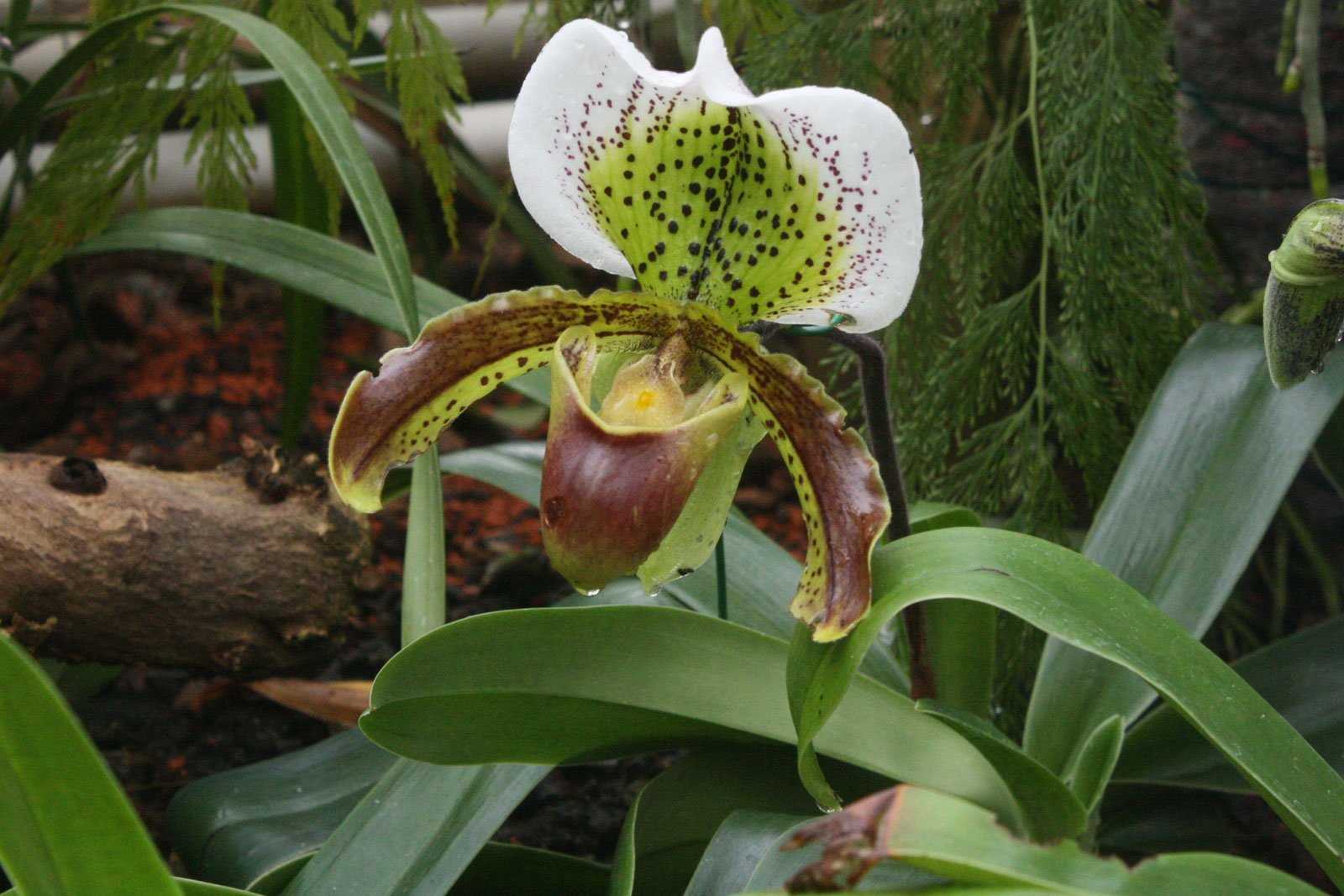
Растение нуждается в регулярном подкормке, которую рекомендуется проводить каждые 2-3 недели с использованием удобрений для орхидей. Почва должна быть легкой и воздухопроницаемой, состоящей из смеси торфа, сосновой коры, вермикулита и перлита.
Привет, мир!
Привет, мир!
Освещение и температура
Пафиопедилумы, как и многие другие орхидеи, требуют яркого, но рассеянного света для нормального роста и развития. При неправильном освещении растение может страдать от недостатка света или перегорания листьев. Идеальным вариантом является размещение орхидеи на восточном или западном окне. Если наличие непосредственного солнечного света неизбежно, рекомендуется все же использовать затенение, чтобы избежать ожогов на листьях.
Температурный режим также играет важную роль в жизни пафиопедилума. Они предпочитают прохладный климат, сопоставимый с температурой в помещении, где комфортно человеку. Оптимальная температура для роста и цветения орхидеи составляет около +18-24°С днем и +13-16°С ночью. В жаркие летние месяцы рекомендуется использовать дополнительное охлаждение помещения, чтобы поддерживать оптимальную температуру для орхидеи.
- Пафиопедилумы имеют предпочтения относительно низкой температуры
- Температура +13-16°С ночью — оптимальна
- В жаркое время года рекомендуется проветривание и охлаждение помещения
Полив и влажность
Режим полива
Пафиопедилумы – это эпифитические орхидеи, поэтому особое внимание следует уделять правильному поливу. Он должен быть регулярным, но умеренным, исключая пересыхание и застояние влаги.
Для полива используйте стоячую фильтрованную воду комнатной температуры. Горячая или холодная вода может нанести вред растению.
Уровень влажности
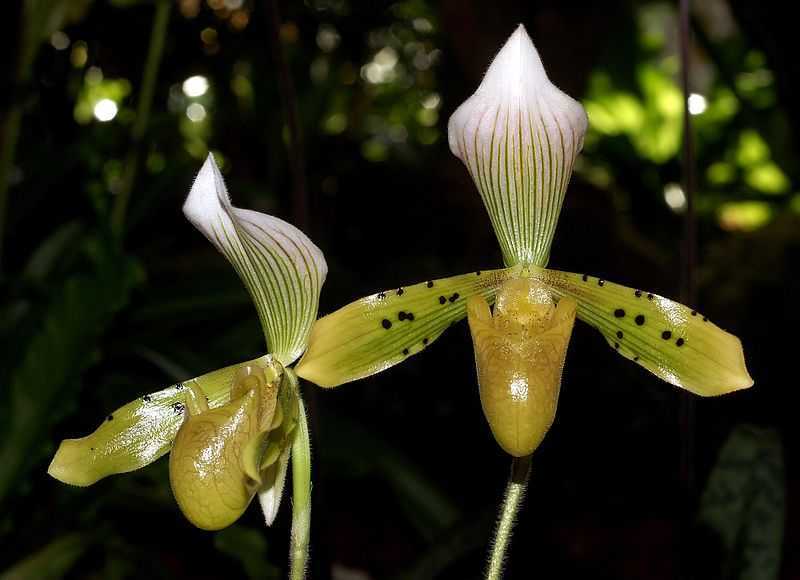
Помимо полива, важно поддерживать оптимальный уровень влажности для пафиопедилумов. Они требуют высокой влажности, но не переносят застоев воды на листьях и в корнях.
Рекомендуется регулярно опрыскивать растение мягкой водой, но избегать попадания влаги на соцветия. Также можно использовать увлажнители воздуха или разместить горшок на поддон с влажными галькой или мхом.
Сухой период
Чтобы обеспечить нормальный цикл роста пафиопедилума, необходимо иногда организовывать сухой период. В это время уменьшите количество поливов, но не допускайте полное пересыхание корневой системы.
Так стоп!!! Вы всё ещё не подписаны на наши каналы в Телеграмм и Дзен? Посмотрите: ТГ - (@historyfantasydetectivechat) и Дзен (https://dzen.ru/myshortsstorys)
Сухой период способствует формированию новых корешков и стимулирует рост. Обычно его проводят после окончания периода цветения, на протяжении нескольких недель или месяцев.
Подкормка и грунт
Пафиопедилумы требуют особого подхода в подкормке и выборе грунта для успешного развития и цветения. Они предпочитают легкую, рыхлую почву, которая обеспечивает хорошую вентиляцию корней и дренаж исправный.
Подкормка
Для подкормки пафиопедилума можно использовать специальные удобрения для орхидей, которые содержат все необходимые элементы питания. Рекомендуется использовать удобрения, разработанные специально для орхидей, так как они содержат оптимальное соотношение макро- и микроэлементов. Важно не переборщить с подкормкой, чтобы избежать перегрузки корней.
Грунт
В качестве грунта для пафиопедилумов часто используется смесь из коры хвойных деревьев, сфагнума и пористых материалов. Эта смесь обеспечивает хорошую вентиляцию, дренаж и поддержку корней. Важно учесть особенности каждого вида пафиопедилума при выборе грунта, так как некоторые виды предпочитают более кислую почву, а другие — нейтральную.
Регулярно проверяйте состояние грунта и корней орхидеи, чтобы своевременно заменить грунт или провести пересадку, если необходимо.
Размножение пафиопедилума
Пафиопедилум (Paphiopedilum) — это род орхидей из семейства орхидных. Для размножения пафиопедилума используют следующие методы: деление, семена и вегетативное размножение.
Деление
Деление является одним из самых распространенных методов размножения пафиопедилума. Он применяется для разделения кустов, состоящих из нескольких ростков.
Для выполнения деления необходимо разместить куст на рабочей поверхности и аккуратно отделить один росток от других, используя острые и чистые инструменты. Отделенные ростки следует посадить в отдельные горшки с соответствующим субстратом.
Семена
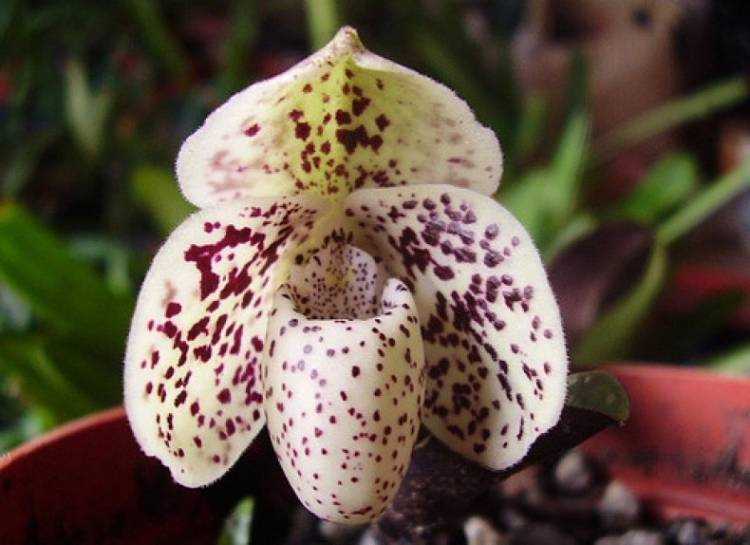
При размножении пафиопедилума семенами следует применять метод стерильной культуры, чтобы предотвратить заражение растений. Семена можно получить путем опыления, используя типичные методы переноса пыльцы.
Для посева семян следует подготовить чистые питательные среды и разбавить их соответствующими добавками, чтобы обеспечить оптимальные условия для прорастания. После посева семена должны быть размещены в тепличных условиях с постоянной температурой и влажностью.
Вегетативное размножение
Вегетативное размножение пафиопедилума предполагает использование растений-клонов или образование новых растений из боковых побегов.
Чтобы выполнить вегетативное размножение, необходимо удачно выбрать здоровые и хорошо развитые побеги. Они должны быть осторожно отделены от материнского растения и посажены в отдельные горшки с питательной средой.
Все эти методы размножения позволяют получить новые растения пафиопедилума и продолжать заботу о них, сохраняя их красоту и уникальность.
Размножение через семена
Пафиопедилум размножается главным образом через семена, что является популярным способом размножения у этого рода орхидей. Для успешного размножения через семена необходимо обеспечить оптимальные условия и следовать определенной последовательности действий.
Подготовка к посеву
Первым шагом в размножении через семена является подготовка семян перед посевом. Семена пафиопедилума должны быть свежими и здоровыми, собранными с зрелых плодов. Это обеспечит высокую вероятность успешного прорастания и развития растения.
Для улучшения результата семена могут быть подвергнуты обработке различными стимуляторами роста или прекьюрсорами, такими как гибереллины. Это помогает сократить время до прорастания и обеспечивает более устойчивые и здоровые растения.
Посев и выращивание
После подготовки семян они могут быть посеяны в специально подготовленную почвенную смесь. Для пафиопедилумов рекомендуется использовать субстрат, состоящий из смеси коры древесных пород, сфагнума и перлита.
Семена должны быть рассеяны равномерно по поверхности субстрата, но не должны быть плотно заглублены или покрыты почвой. После посева контейнер с семенами должен быть покрыт пленкой или стеклом, чтобы создать высокую влажность и сохранить тепло.
Важно поддерживать постоянную влажность субстрата, но не переувлажнять его, чтобы избежать загнивания семян. Раз в несколько недель контейнер следует проветривать, чтобы избежать образования конденсата, который может привести к гниению.
Прорастание семян пафиопедилума может занять от нескольких недель до нескольких месяцев. После прорастания и развития первой пары листьев, растения можно начать постепенно акклиматизировать к более сухим условиям и перевести их на постоянное место выращивания.
Размножение через деление
Пафиопедилум – это растение, которое может размножаться через деление. Этот метод размножения позволяет создать новые растения, сохраняя генетическую идентичность с исходным экземпляром. Деление является одним из наиболее эффективных способов получения новых пафиопедилумов.
Процесс размножения через деление начинается с выбора здорового и крепкого экземпляра пафиопедилума, который затем аккуратно разделяется на две или более частей. Каждая часть должна иметь достаточное количество корней и листьев для нормального роста и развития.
Шаги деления пафиопедилума:
- Подготовьте острый и чистый инструмент, чтобы аккуратно разделить растение.
- Определите место разреза, исходя из количества корней и листьев.
- Осторожно разделите растение на части, избегая повреждения корней и листьев.
- Обработайте срезы антисептиком для предотвращения инфекции.
- Посадите каждую часть в отдельный горшок с подготовленным субстратом.
- Обеспечьте оптимальные условия ухода для каждого разделенного растения.
После разделения и пересадки размноженные пафиопедилумы могут начать активный рост и развитие. Важно следить за состоянием корней и обеспечивать растения необходимыми условиями, включая оптимальный уровень освещения, температуру, влажность воздуха и полив. В результате правильного ухода и подходящих условий, разделенные растения пафиопедилума могут стать здоровыми и красивыми экземплярами, радующими своим видом и цветами.
Популярные виды пафиопедилума
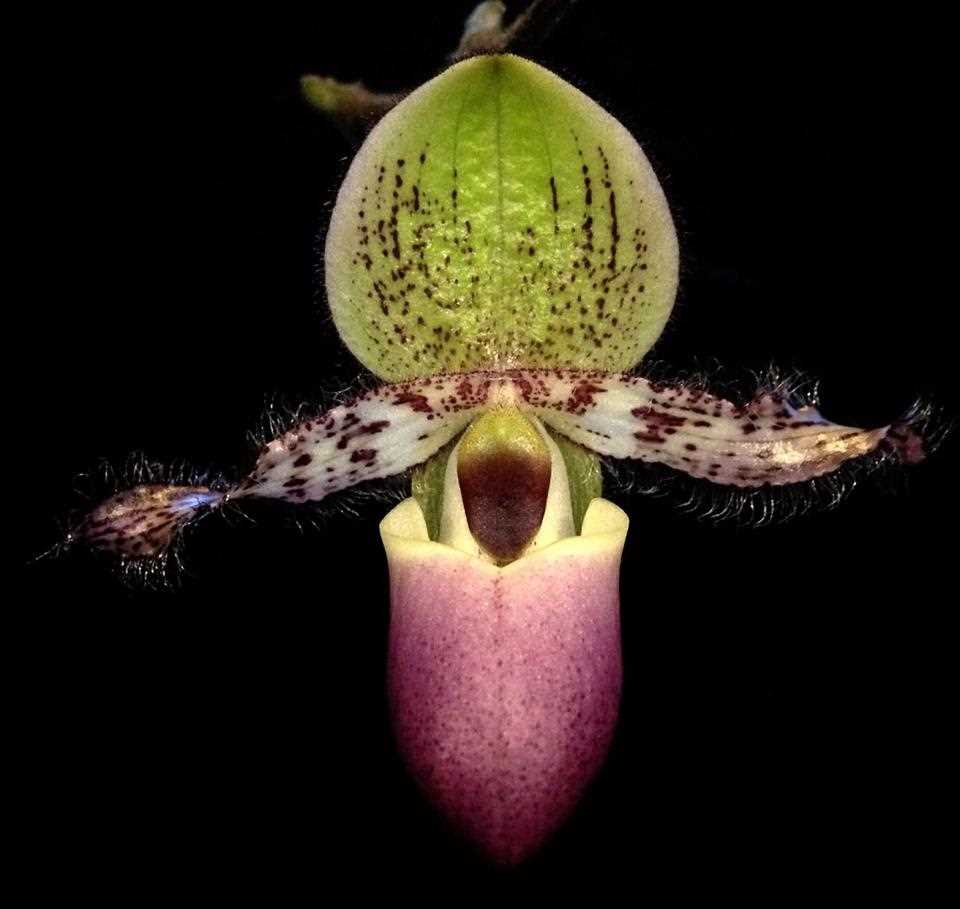
1. Пафиопедилум Юлиус
Пафиопедилум Юлиус (Paphiopedilum Julius) — один из самых популярных видов пафиопедилума. Он отличается крупными цветками, часто имеющими яркую окраску и интересную форму. Цветки могут быть одиночные или собраны в соцветия. Пафиопедилум Юлиус требует особого ухода и влажной среды, поэтому его выращивание сложнее, чем у других видов.
2. Пафиопедилум Фарион
Пафиопедилум Фарион (Paphiopedilum Fairieanum) — один из классических видов пафиопедилума. Он имеет элегантные и изящные цветки, часто с множеством цветовых вариаций. Пафиопедилум Фарион является популярным объектом коллекционирования среди любителей экзотических растений.
3. Пафиопедилум Манто
Пафиопедилум Манто (Paphiopedilum Manto) — редкий вид пафиопедилума, известный своими необычными цветками, которые напоминают форму птичьего гнезда. Цветы пафиопедилума Манто обычно имеют зеленоватые оттенки и интересный рисунок на лепестках. Этот вид требует особого внимания и опыта для успешного выращивания.
4. Пафиопедилум Шаррон

Пафиопедилум Шаррон (Paphiopedilum Sharon) — вид пафиопедилума с красивыми и яркими цветками, которые добавляют яркие акценты в интерьере. Цветки обычно имеют фиолетовые и розовые оттенки, иногда с белым или желтым рисунком. Пафиопедилум Шаррон относительно легко выращивается и является популярным выбором среди начинающих цветоводов.
Пафиопедилум апплециум
Пафиопедилум апплециум — один из видов орхидей из рода Пафиопедилум, который представляет собой большое семейство цветковых растений. Внешне этот вид орхидеи отличается удивительной красотой и изысканными формами цветков.
Пафиопедилум апплециум имеет плотное горизонтальное ползучее ризома, от которого отходят короткие псевдобульбы. Листья плотные, длинные, овальной формы и имеют темно-зеленый цвет. Цветки большие, собраны в пучки, окрашены в белый и розовый цвета. Чашелистики имеют пятнистую окраску и выдающуюся длинную шейку.
Для успешного выращивания пафиопедилума апплециума в домашних условиях необходимо обеспечить оптимальную температуру и влажность. Растение предпочитает яркое, но рассеянное светлое освещение и не переносит прямой солнечный свет. Также важно обеспечить постоянное питание и регулярное увлажнение земли.
Уход за пафиопедилумом апплециумом:
- Оптимальная температура составляет от 18 до 24 градусов Цельсия.
- Необходимо обеспечивать постоянную влажность субстрата и опрыскивать листья водой.
- Пафиопедилуму апплециуму требуется регулярное удобрение, особенно в период активного роста.
- Важно обеспечить растению достаточное количество света, но избегать прямого солнечного света.
Пафиопедилум апплециум является одним из наиболее популярных видов орхидей, которые выращивают в домашних условиях. Его особенная красота и изящество цветков делают его желанным объектом коллекционеров и любителей орхидейного садоводства. Справившись с несложными требованиями по уходу, вы сможете наслаждаться прекрасными цветами этого великолепного растения.
Вопрос-ответ:
Как правильно ухаживать за пафиопедилумом?
Увлажнять воздух, поддерживать оптимальную температуру и освещение, регулярно подкармливать и обеспечивать достаточное количество влаги для корня.
Как размножать пафиопедилум?
Пафиопедилум можно размножать через деление клумбы, через семена или через растяжение.
Какие виды пафиопедилума существуют?
Существует более 60 видов пафиопедилума, их можно разделить на несколько групп в зависимости от сходства цвета и формы цветков.
Как часто нужно поливать пафиопедилум?
Пафиопедилум нужно поливать примерно раз в неделю, но частоту полива следует регулировать в зависимости от условий окружающей среды и сезона.
Какую освещенность требует пафиопедилум?
Пафиопедилум предпочитает яркое, но рассеянное светлое освещение. Лучше всего держать его в западной или восточной части помещения, на расстоянии от прямых лучей солнца.

